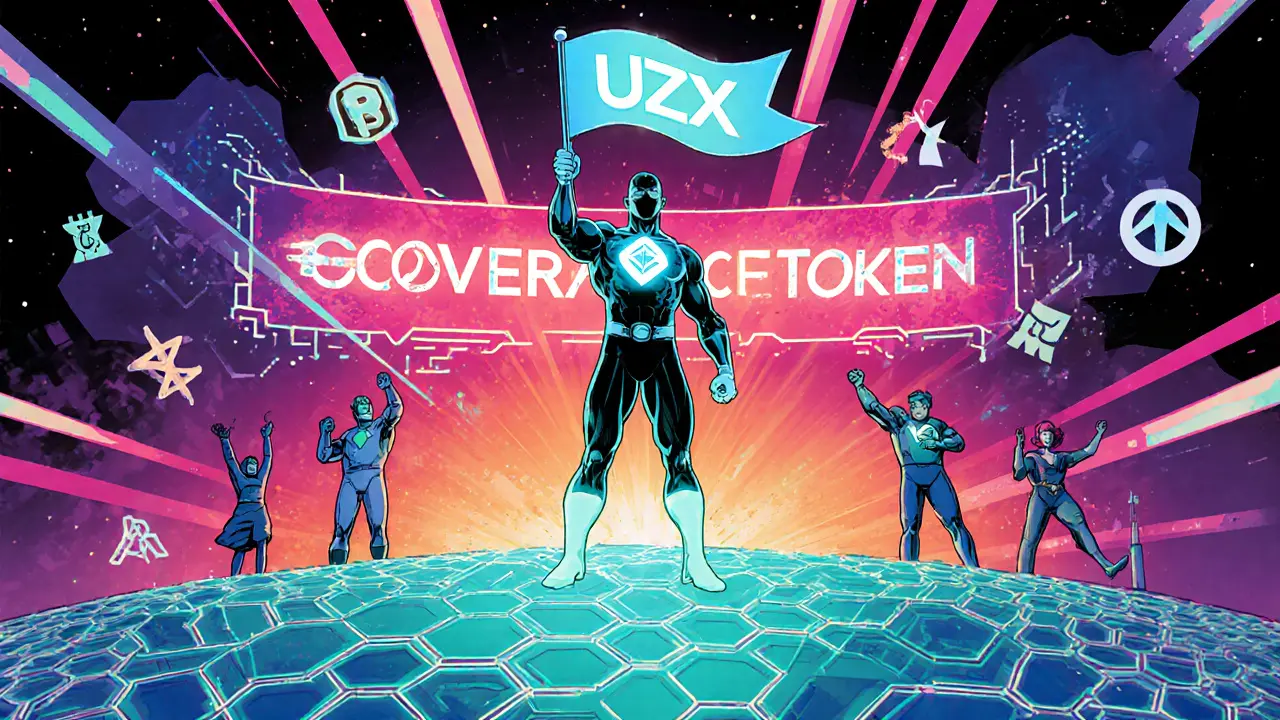When working with UZX DAO, a decentralized autonomous organization built on a blockchain to manage the UZX token ecosystem. Also known as UZX Decentralized Autonomous Organization, it lets token holders vote on protocol upgrades, fund allocations, and partnership decisions. Think of it as a digital club where every member’s voice counts, and nothing lives outside the code. That's the core of why UZX DAO matters for anyone watching how decentralized finance projects run.
The first building block is the Decentralized Autonomous Organization, a governance model that replaces traditional management with on‑chain voting and transparent rules. In the case of UZX DAO, the governance model is powered by the UZX Token, the native utility token that grants voting power and a share of treasury rewards. Finally, Smart Contracts, self‑executing code that enforces proposals without human interference lock everything together. Put simply, UZX DAO requires smart contracts to enforce decisions, and those decisions are driven by token‑based voting.
Because the DAO runs on smart contracts, every proposal becomes a transparent transaction that anyone can audit. This transparency spills over to the crypto exchanges that list the UZX token. Exchanges benefit from a well‑structured DAO because they get clear signals about token supply changes, staking rewards, and upcoming upgrades. In other words, the health of the DAO directly influences market confidence and liquidity on the platforms that host the token.
UZX DAO also introduces a treasury mechanism where a portion of transaction fees flows back into the community fund. The fund can be used for marketing, development, or partnership incentives. This treasury model is a classic example of how a DAO’s tokenomics shape its long‑term sustainability. When token holders approve a funding proposal, the smart contract automatically disburses the funds, removing the need for a centralized accountant.
Another piece of the puzzle is the voting interface. Most members interact through a web portal that reads directly from the blockchain, letting them propose ideas, cast votes, and track results in real time. The interface abstracts the complexity of smart contracts, so even newcomers can participate without writing code. This ease of use broadens the DAO’s reach and helps attract a diverse set of stakeholders, from casual investors to professional developers.
Security is never an afterthought. UZX DAO undergoes regular audits of its smart contracts, and any critical change must pass a multi‑signature approval process. This layered security approach minimizes the risk of bugs or malicious upgrades, reinforcing trust among token holders and exchange partners alike.
By now you’ve seen how UZX DAO ties together governance, tokenomics, and exchange dynamics. Below you’ll find a curated collection of articles that dig deeper into related topics—DEX reviews, token risk assessments, licensing guides, and more. Use these resources to see how the concepts we just covered play out across the broader crypto landscape.

A clear, up‑to‑date guide on UZX crypto coin covering its tech, tokenomics, DAO governance, market data, staking steps and risk factors.